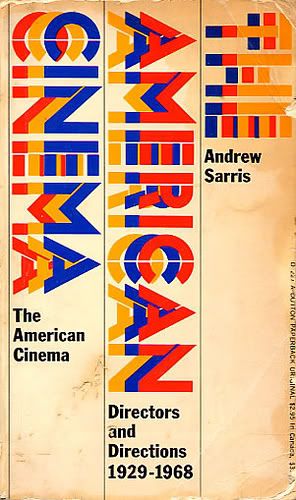Seasons #5
Poor, dear, silly Spring, preparing her annual surprise!
Wallace Stevens, journal entry (March 4, 1906)
Looke what thy memorie cannot containe, Commit to these waste blacks
Poor, dear, silly Spring, preparing her annual surprise!
Wallace Stevens, journal entry (March 4, 1906)
From the series: Seasons
If speed and safety were the only considerations, there is no reason why the auto industry, once it awakened from its self-induced narcosis, should not "go with" this movement and make greater profits than ever. For it is easy to foresee the theoretic ideal limit toward which both the automotive engineer and the highway engineer have begun to move: to make the surface of this planet no better for any form of organic life than the surface of the moon. To minimize road accidents, the highway engineers have already advocated cutting down all trees and telegraph poles within a hundred feet of each side of the road. But that is only a beginning. To provide maximum safety at high speed, the car will either have to be taken out of the motorist's hands and placed under automatic control, as M.I.T. researchers have, on purely mechanical assumptions, worked out; or else turned into an armored vehicle, windowless, completely padded on the inside, with front and rear vision provided on a screen, and a television set installed to amuse the non-drivers, just as if they were in a jetplane. Along those lines, the motor car in a not-too-distant future would become a space capsule, a mobile prison, and the earth itself a featureless asteroid. Meanwhile, a further consolidation of the megamachine, with autos, jet planes, and rockets forming a single industry; the profits of that ultimate combine should exceed the wildest expectations of even General Motors.
Lewis Mumford, "The American Way of Death" (1966)
From the series: Apocalypse, Death, The Automobile
J.G. Ballard
(1930-2009)
From the very start, when I first turned to science fiction, I was convinced that the future was a better key to the present than the past. At the time, however, I was dissatisfied with science fiction’s obsession with its two principal themes—outer space and the far future. As much for emblematic purposes as any theoretical or programmatic ones, I christened the new terrain I wished to explore inner space, that psychological domain (manifest, for example, in surrealist painting) where the inner world of the mind and the outer world of reality meet and fuse.
Introduction to Crash (1973)
From the series: Apocalypse, In Memoriam
An epoch not only dreams the one to follow but, in dreaming, precipitates its awakening.
Walter Benjamin, "Paris, Capital of the Nineteenth Century. Exposé of 1935"
From the series: Order of the Universe

Cover to Dutton edition of Andrew Sarris's American Cinema: Directors and Directions 1929-1968 (1969)
From the series: Age of Print, Cinema
Language has not the power to speak what love indites:
The soul lies buried in the ink that writes.
John Clare, fragment
From the series: Love, Order of the Universe

NASA scientists place the golden Sounds of Earth record aboard the Voyager 1 spacecraft. (1977)